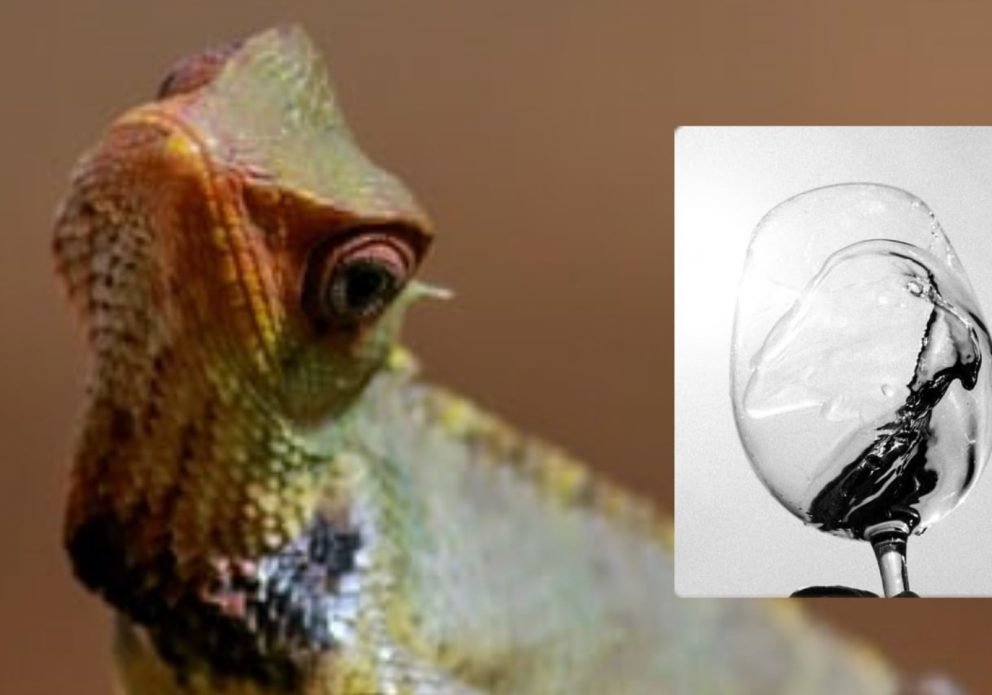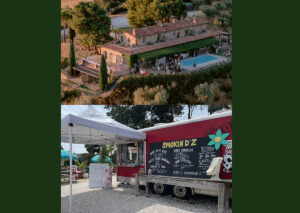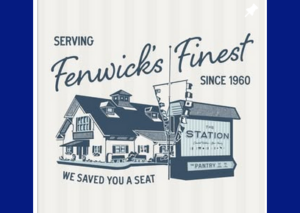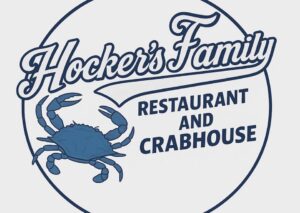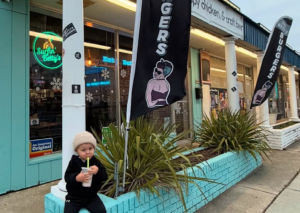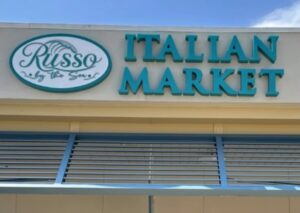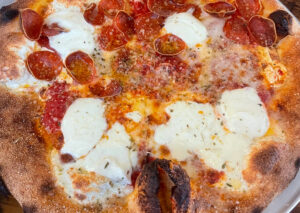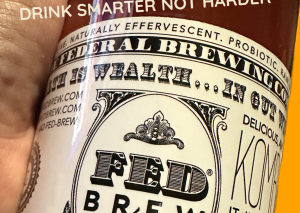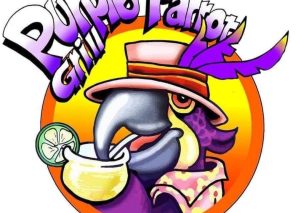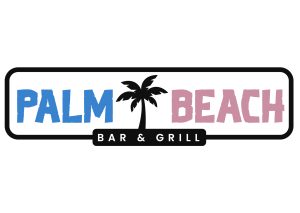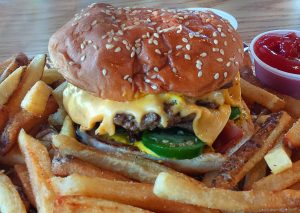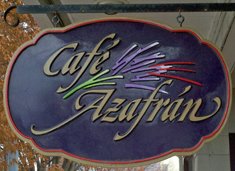When I was a kid, I was fascinated by chameleons. How did they know when they were standing on something green to turn green and when standing on something brown to turn brown? It still fascinates me. I now realize it relates to a concept in the wine world called “terroir”, which loosely means the entire environment in which the grapes exist. And like a chameleon, Chardonnay, perhaps more than any other premium grape, can grow well in a wide variety of environments and in doing so, it can take on a completely different character. Depending on where Chardonnay is grown (and the corresponding winemakers’ choices in how it is made), you literally would think you are drinking a wine made from different grapes.
That’s why so many people love Chardonnay. There is a style to meet every taste. Love big, buttery, oaky wine? Chardonnay. Love a wine with lush ripe fruit? Chardonnay. Want a tart apple, steely, mineral driven wine? Yup, you guessed it, chardonnay.
How can one grape be so versatile? Two things: First, like I said, Chardonnay can grow well in a wide variety of environments/terroir, and like the chameleon it takes on different characteristics depending on its environment. Second, the chardonnay grape is a fairly neutral grape in that it doesn’t inherently have very strong smell or taste characteristics. Think of Chardonnay as a blank canvas on which the terroir and the winemaker can paint whatever picture of Chardonnay they want. The endless styles of Chardonnay range from tight, tart, lean, citrusy mineral-driven wines to lush, full bodied, tropical fruit driven wines to oak, oak and more oak. While it is theoretically possible to pin particular wine regions to particular wine styles, so many microclimates and winemaker choices result in different flavors and profiles. So, in my mind, attempting to define a particular region becomes a fool’s errand. The best way to find the style that suits you, is the good old-fashioned way: trial and error. It’s a tough job, but someone’s got to do it. And, you may find that you like a style of Chardonnay you hadn’t tried or appreciated before.
That said, here are a few general guidelines you may find useful if you embark on this Chardonnay journey.
Cooler regions produce leaner wines and warmer regions produce lusher wines. Simple science meets common sense. The warmer the climate, the more the fruit can ripen and the more it ripens the sweeter it becomes. And since fermentation is basically yeast converting sugar into alcohol, the sweeter the fruit, the more sugar there is to convert to alcohol and the more alcohol in a wine. And alcohol in wine gives it that full-bodied feel in your mouth (the term “full-bodied” in wine just means a heavier mouth feel like comparing the feel of whole milk to skim milk). Also, as grapes ripen, in addition to accumulating more sugar, acidity decreases. So in cooler geographies grapes tend to have higher acidity giving the resulting wine a tart (what some people call “racy”) edge.
So overall, cooler wine regions produce less ripe, less sweet grapes with higher acidity, thus the wines tend to be leaner and more austere and tart, which means that flavors other than the fruit take more of a center stage. This corresponds loosely to a major dividing line in the wine world: Old World wines (those from Europe) versus New World wines (those from the U.S., South America, Australia and New Zealand). The reason is simple: Very generally speaking, although there are exceptions, Old World wine regions tend to be cooler, and the wines from those regions have less bold fruit-forwardness than the warmer New World wine regions which produce more in-your-face fruity wines.
Winemakers in Europe are more hands off than winemakers in the New World. There were, and still are, lots of rules and regulations about what winemakers can do to wines they make in Europe. That along with many hundreds of years of winemaking tradition resulted in European wines relying more on the grapes and the terroir to do the talking in their wines than in the New World.
In the New World, unfettered by many wine laws and unencumbered by centuries of winemaking tradition, winemakers let their winemaking freak-flag fly. So they tried all sorts of new techniques, employing extensive use of oak, techniques to draw more fruit flavor from the grapes, and doing other things that, well, are just no-nos in Europe (not just with Chardonnay but other varieties as well). And generally speaking, Americans tend to like bold and big things so the winemakers aiming for the American market obliged and produced fruitier, more oaky full-bodied wines versus the more restrained, mineral earthy driven wines of the Old World.
One significant factor in the taste and texture of Chardonnay that is under the winemaker’s control is the use of Malolactic Fermentation (sometimes referred to as MLF or by some wine people who want to sound cool as just “Malo”). Malolactic Fermentation imparts the buttery taste and full body that some people love in Chardonnay and that taste/body is influenced by the extent to which the winemaker employs malolactic fermentation. MLF isn’t complicated, and in fact often occurs naturally (it can also be induced or stopped by a winemaker). MLF is simply a biological process by which this additional fermentation is carried out by a bacteria (as opposed to yeast) and that bacteria (Oenococcus oeni) converts malic acid (the same type of tart acid that is green apples) and converts that acid to lactic acid (the buttery acid in milk). That’s the basic reason why some Chardonnays are more buttery than others.
Bottom-line gross, but useful oversimplification: If you are looking for big bold, fruity or oaky Chardonnay, think California. Some good examples of this style are: Frei Brothers Reserve Chardonnay (under $20), Mer Soleil, Santa Lucia Highlands, Reserve, Chardonnay (under $30) and Frank Family Vineyards, Carneros, Chardonnay ((Under $40). If you want a more nuanced Chardonnay with less fruit, more earth, mineral, acidic sharpness and less oak, think France. A few good examples of this style are: William Fevre Champs Royaux, Chablis (about $25), Vincent Girardin, Les Vieilles Vignes, Pouilly-Fuisse (under $40) and Francois Carillon, Puligny-Montrachet (about $70).
One could go on for days exploring different styles of Chardonnay. This versatile wine is the chameleon of grapes and I urge you to explore the wide pallet of styles this chameleon can display.
By the way, International Chardonnay Day is May 21st, so what a great week to do this! Cheers!
Ray
If you enjoyed this article please join the Cuvée Ray Wine Lovers Facebook Group by CLICKING HERE for some fun wine discussions among wine lovers.


